Hydropower vs. Livelihood: The Controversy Around the Myitsone Dam
The Myitsone Dam project in northern Myanmar is one of the most contentious development initiatives in the country's modern history. Originally intended to be a flagship project of China’s Belt and Road Initiative (BRI), the dam has become a symbol of the clash between national development ambitions, foreign influence, environmental stewardship, and the rights of local communities—particularly the Kachin people.
Project Overview
Location: Confluence of the Mali and N’Mai rivers in Kachin State, where the Ayeyarwady River begins.
Capacity: 6,000 megawatts—making it one of the largest planned hydropower projects in Southeast Asia.
Partnership: Jointly developed by China Power Investment Corporation (now State Power Investment Corporation), Myanmar’s Ministry of Electric Power, and Asia World Company, a powerful local conglomerate.
Intended Purpose: Export approximately 90% of the generated electricity to China’s Yunnan Province.
Construction began in 2009, but the project was suspended in 2011 by then-President Thein Sein in response to growing public opposition.
Local and Environmental Concerns
1. Displacement and Cultural Heritage
Over 10,000 people, mostly from Indigenous Kachin communities, were displaced from ancestral villages near the dam site. Residents lost access to their homes, farms, and sacred sites.
The area is culturally significant to the Kachin people, seen as the spiritual birthplace of the Ayeyarwady River.
Traditional livelihoods like farming, fishing, and small-scale trade have been severely impacted.
2. Environmental Impact
Environmentalists warn that damming the confluence of the Ayeyarwady could:
Alter natural river flow and sediment transport.
Threaten biodiversity, including endangered fish species.
Increase the risk of flooding or seismic disruption in a tectonically sensitive area.
According to environmental impact assessments leaked to the public, the dam's construction could have irreversible effects on Myanmar's most important river system.
Political and Geopolitical Dimensions
1. Sovereignty and Chinese Influence
The project is widely viewed as a manifestation of China’s economic leverage in Myanmar. With most of the power destined for Chinese cities, critics argue that Myanmar would bear the environmental and social costs without enjoying meaningful economic benefits.
The project has fueled anti-China sentiment among the public.
There are concerns about China’s long-term strategic control over critical natural resources.
2. Military Interests and Conflict Zones
The dam site lies in a region marked by decades-long conflict between the Myanmar military and the Kachin Independence Army (KIA). Critics argue the project:
Exacerbates military presence and land grabs in ethnic areas.
Undermines prospects for peace by prioritizing development over reconciliation.
Suspension and Continued Uncertainty
The Myitsone Dam remains in official limbo. Despite public statements maintaining the suspension, neither the military junta nor the Chinese government has definitively canceled it.
Activists fear that the post-2021 military regime could revive the project in exchange for Chinese diplomatic or economic support.
Local resistance remains strong, with both civil society groups and religious leaders opposing the dam.
Broader Lessons: Development vs. Justice
The controversy highlights broader issues in Myanmar’s development model:
Who benefits? When national projects exclude local voices, resentment and resistance often follow.
What is sacrificed? Cultural, ecological, and social costs can outweigh even large-scale infrastructure gains.
Is consent obtained? Genuine public consultation and free, prior, and informed consent are rarely observed in Myanmar’s mega-projects.
The Myitsone Dam controversy is far more than a debate over electricity—it is a struggle over identity, autonomy, and justice. As Myanmar continues to navigate political upheaval, the dam remains a potent symbol of the tensions between state-driven development and the rights of local communities. Whether the project is revived, redesigned, or permanently shelved will speak volumes about the country’s trajectory and whose voices shape its future.
Thank you for reading! Visit us anytime at Myanmar.com for more insights and updates about Myanmar
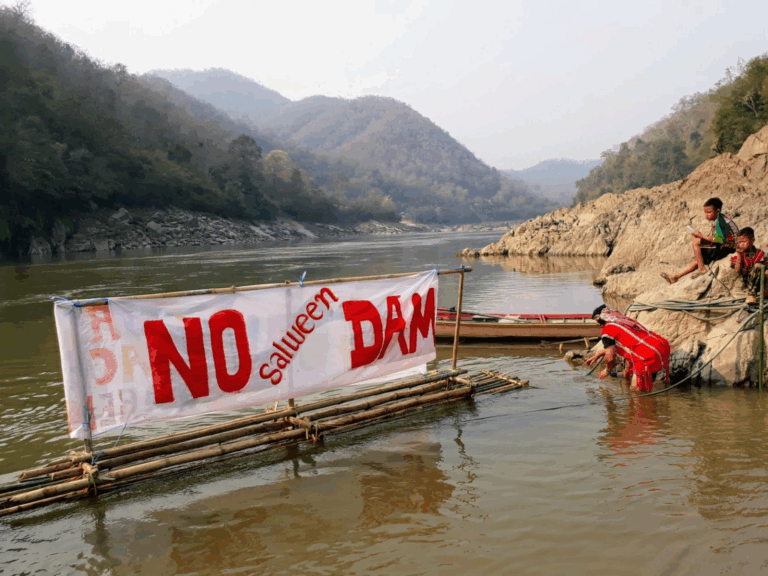
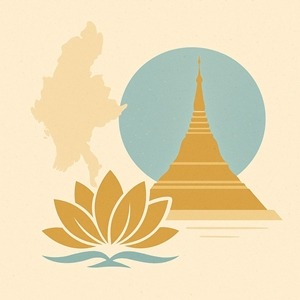 Myanmar Earthquake – A Nation in Crisis Amidst Disaster
Myanmar Earthquake – A Nation in Crisis Amidst Disaster
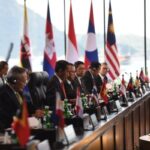 ASEAN’s Role in Myanmar’s Political Crisis: Diplomacy at a Crossroads
ASEAN’s Role in Myanmar’s Political Crisis: Diplomacy at a Crossroads
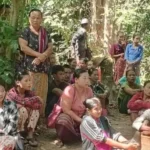 Myanmar Refugees in Thailand Face Uncertain Future as Aid Decreases
Myanmar Refugees in Thailand Face Uncertain Future as Aid Decreases
 UN Special Rapporteur Report on Myanmar Rights
UN Special Rapporteur Report on Myanmar Rights
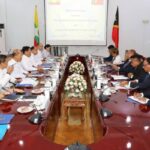 East Timor’s ASEAN Gamble: Mending Ties with Myanmar Junta
East Timor’s ASEAN Gamble: Mending Ties with Myanmar Junta
 Myanmar’s December 2025 Elections: A Carefully Engineered Trap, Not a Genuine Political Transition
Myanmar’s December 2025 Elections: A Carefully Engineered Trap, Not a Genuine Political Transition
